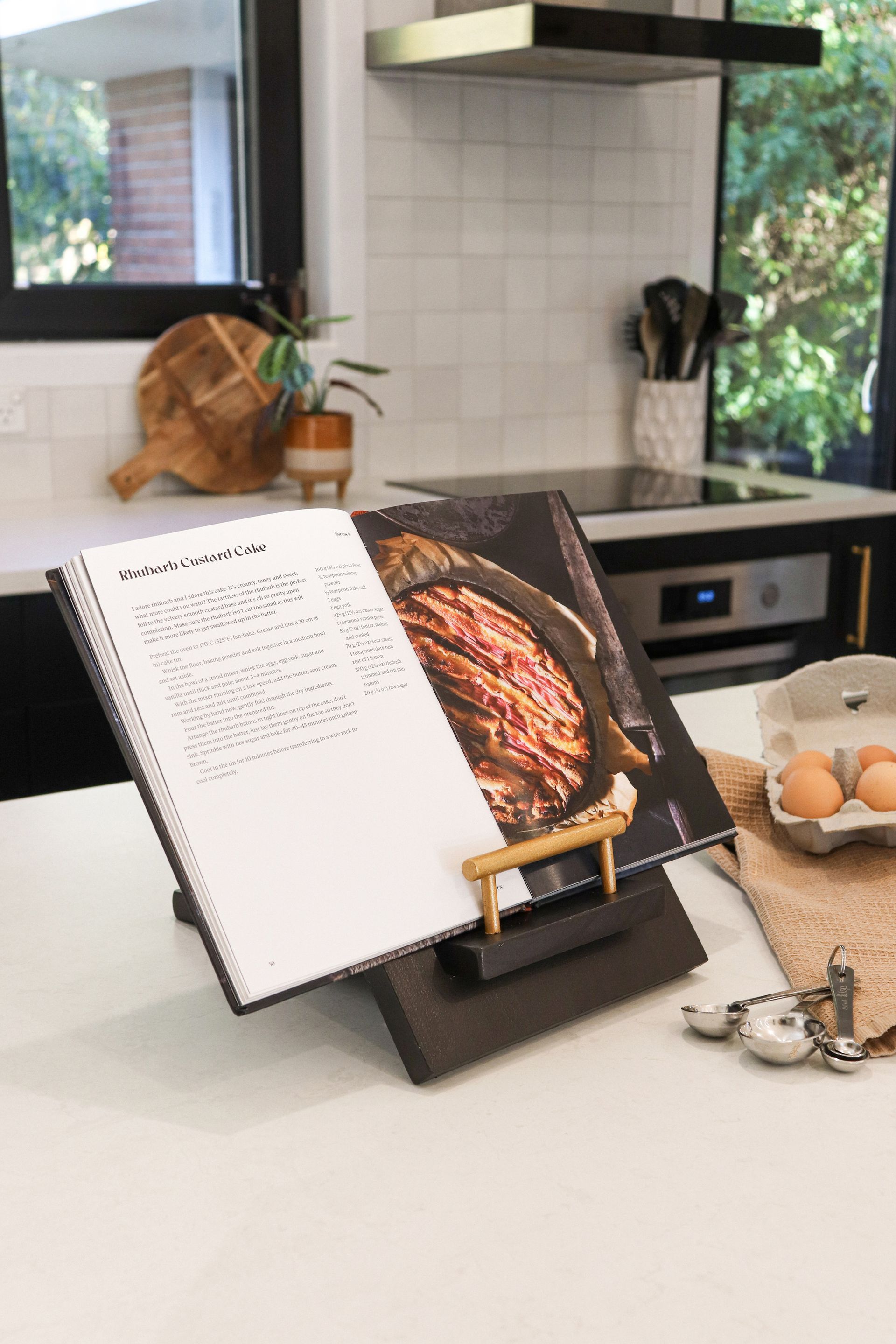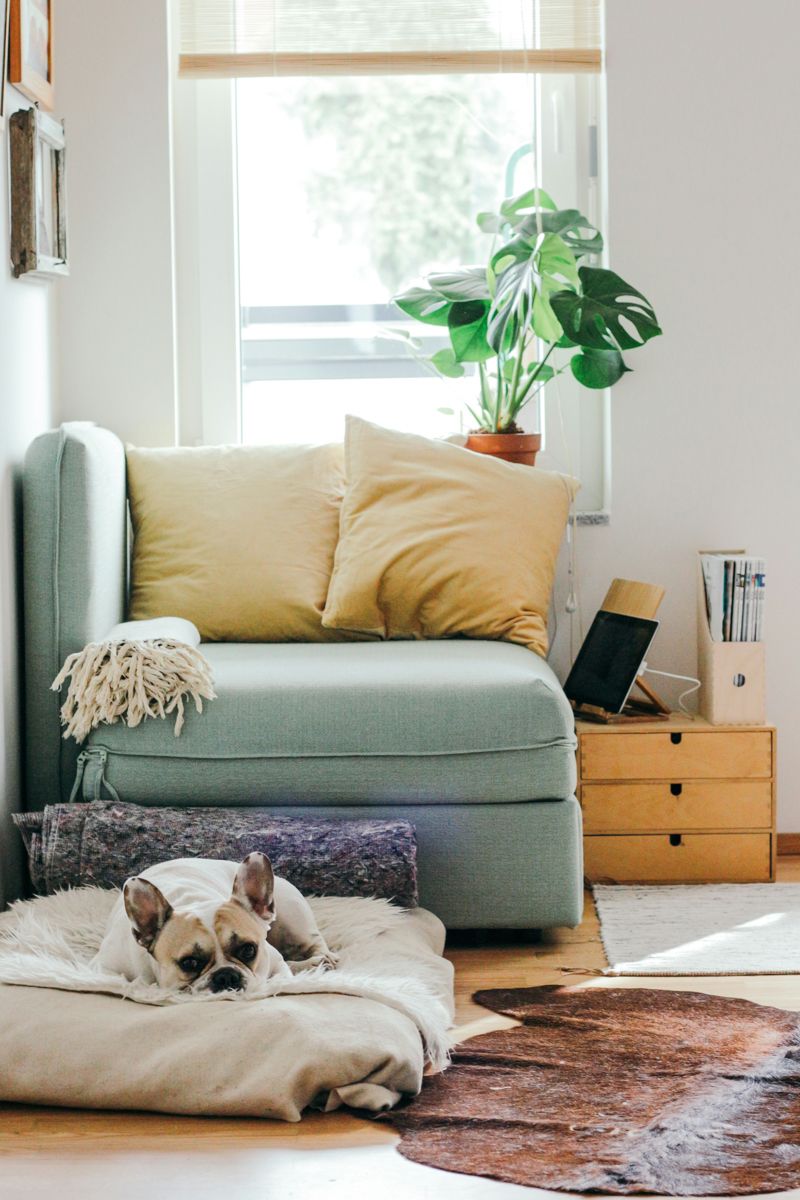For the last 15 years, the team at More Mobility have been providing mobility and living solutions to Canterbury and beyond, but the dedication to their community goes far beyond selling mobility aids.
The decision to purchase a mobility scooter or lifestyle aid can be brought about by a number of factors, and whether you’re looking for yourself or someone you love, the team at More Mobility are experts in finding the right solutions. Owner Russell Thomas can speak from experience. ‘My father had a mobility scooter, and I saw immediate and obvious benefits with his mental health and his ability to be independent.’ Sensing an opportunity, Russell and his late-wife Kim started selling mobility scooters and wheelchairs in a small shop in Christchurch.
‘We couldn’t have imagined ourselves doing it 15 years down the track and still getting a buzz out of it. But what we discovered pretty quickly was that we’re dealing with people who are really grateful for the benefits.’
Using their own parents as product testers, it wasn’t long before More Mobility’s range grew to include a huge variety of products that cater to those struggling with mobility, living with a disability, or rehabilitating from surgery. Today, their showroom boasts New Zealand’s biggest range of mobility scooters, wheelchairs, walking frames, electric beds and lift chairs, portable oxygen concentrators and a range of accessories.
When a client comes to More Mobility, they often become a client for life. ‘The relationships we’ve forged with our clients are very special to us. Sometimes we deal with people for over 15 years – it might start with a walking stick, and then perhaps an electric bed, a wheelchair, mobility scooter, a raiser chair, or a tool for picking things off the ground. We genuinely care, and we feel a responsibility to bring new things to the market that are going to have an impact.’
Every day, Russell, his son Sam, Tracey, Brenda and the team see the benefits that mobility scooters, furniture and living aids, and other equipment have to give users their independence and dignity. ‘We get constant feedback about how this equipment changes people’s lives. It’s obvious right from the minute they walk into the store and try out a mobility scooter or an electric lift chair, you can see what a change this is going to make in their life. Our success is no fluke – it’s hard work, passion and the fact we care.’
It’s that dedication to service that has seen More Mobility thrive and part of that service includes going the extra mile, and as Russell tells us, his team is integral to that. ‘They’re very passionate people about what they do; we have lots of mature staff that work for us because they genuinely enjoy the industry. We’ve got long-serving employees who are very dedicated and empathetic.’
Understanding that a lot of their clients no longer drive, More Mobility offers a valuable home service. ‘We’ll find a way of getting out to see them and that might be for something as simple as an elevated toilet seat. If we feel like there’s a compromised situation, we’ll make sure we get to that person.
‘We spend a lot of time giving our clients tuition, and sometimes revisiting them; it’s very heavily service orientated. We understand that often people are coming from a position of frustration, so what we do is become solution providers, allowing our equipment to give them a better life.’
The team understand that buying a high-value product can be an overwhelming process, which is why More Mobility also offers their products for hire before you buy, allowing clients to use the equipment in their own environment to give them a better understanding of how it will improve their mobility and independence. ‘Quite often we’re dealing with a son or daughter that has a parent who’s resistant to anything that looks like a walking device,’ explains Russell. ‘So, we’ll take two or three products to their home or residence and allow them to try a few out. That really resonates with people who can’t get their parent into the shop.’
Russell has a true passion for his industry, describing it as more of a vocation than a job. ‘I really love our business; we treat our clients like our own parents would like to be treated. We never say no, because if we say no, where are they going to go? That’s what keeps me going.’
Recent stories



All Rights Reserved | CountryWide Media



